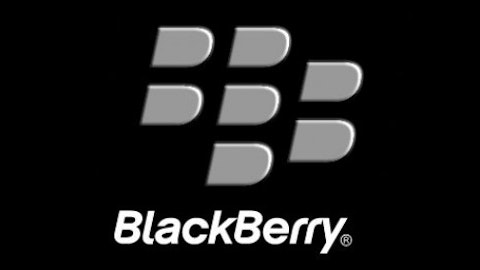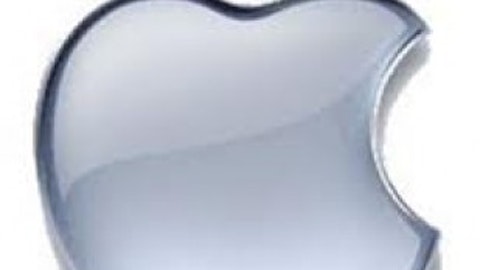In Apple Inc. (NASDAQ:AAPL)‘s first quarter, decelerating growth rates and contracting margins spooked investors. Will the second quarter bring more of the same? Probably. In fact, Citigroup Inc. (NYSE:C)‘s prediction that Apple Inc. (NASDAQ:AAPL) could miss its own revenue estimates seems entirely possible. But don’t fret; there’s a light at the end of the tunnel.
What is Apple up against?
It will be hard for Apple Inc. (NASDAQ:AAPL) hard to measure up to its past perfection. In Q2 2012:
Apple Inc. (NASDAQ:AAPL) saw only a slight sequential decline in its iPhone unit sales. It began shipping a new iPad during the quarter. Its gross margin came in at a whopping 47.4%.
Though the company is expecting significantly more revenue in Q2, guidance for gross margins of approximately 1,000 basis points (yes, one thousand) below the year-ago quarter will weigh heavily on earnings. In fact, negative EPS comps are basically inevitable.
Miss its own guidance? Really?
The make-or-break metric to watch when Q2 results roll in is undoubtedly iPhone unit sales. In Q1 2013, Apple Inc. (NASDAQ:AAPL)’s iPhone sales came in at a monstrous 47.8 million units, representing 56% of revenue. Numbers like these move needles.
So how many iPhones can we expect Apple Inc. (NASDAQ:AAPL) to sell in Q2?
The best we can do is look at last year’s purchasing patterns. The iPhone 4S arrived with two and a half months left in Q1, while the iPhone 5 was launched 10 days before Q1 began. Given this data alone, it’s tempting to assume that iPhone units would see a faster sequential decline from Q1 to Q2 this time around, since the iPhone 5 is later in its product life cycle compared with the iPhone 4S a year ago.
But other details come into play and make arriving at a reliable estimate extremely difficult. For instance:
- iPhone 5 supply was constrained during Q1. Apple Inc. (NASDAQ:AAPL) CEO Tim Cook noted in the Q1 earnings call, “As we began to produce more and ship more, sales went up with the production.”
- iPhone 4 supply, because of demand from its attractiveness at a lower price point, was also constrained during the quarter.
Last year, iPhone sales declined 5.4% sequentially from Q1 to Q2. Conservatively, and in line with trends across Apple Inc. (NASDAQ:AAPL)’s product sales, we should expect a steeper sequential decline this year, as product life cycles shorten. We’ll go with a 25% sequential decline in iPhone revenue.
If all other revenue remained equal, total revenue would fall from Q1’s $54.5 billion to about $46.9 billion, beating Apple Inc. (NASDAQ:AAPL)’s own guidance of $41 billion to $43 billion. With an iMac lineup refresh on Nov. 30 and a “significant backlog” of iPad Minis at the end of Q1, Mac and iPad revenue shouldn’t decline meaningfully. But since Q2 doesn’t include holiday sales, a decline in both categories is nevertheless almost certain.





